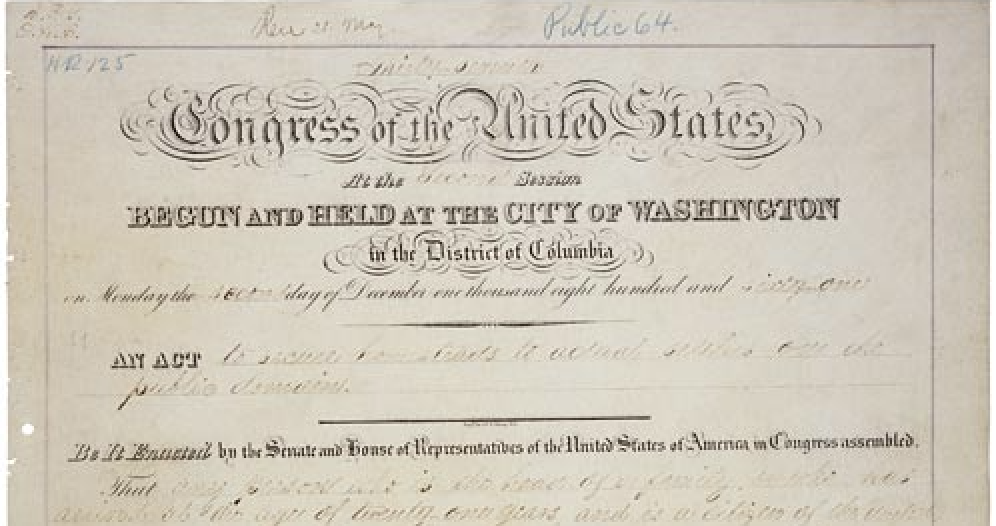Recently someone asked me about the origins of the term “proving a claim.” It’s a good question, and not a term that we use much today.
History geek activated
The Homestead Act in 1862 opened up 270 million acres of land to homesteaders. It specified that American citizens who were 21 and the head of a household could claim 160 acres for a registration fee. The Act also restricted persons who had borne arms against the United States Government or had given aid and comfort to its enemies. It was during the Civil War, after all.
Once the fee was paid, the homesteader was required to live on the land six months out of the year as a permanent residence and make improvements. These included building a home, planting trees, and growing crops or raising livestock. After five years, the prospective landowner would go to the land office with two witnesses to prove that the requirements had been met. For an additional fee, the homesteader took official possession of the land.
The transcript of the original Homestead Act (there were actually several after 1862 to “fine tune” the land distribution) uses the term “making proof of settlement and cultivation” as a determinant of completion of this agreement with the United States government.
So, my interpretation of the term “proving her claim” is that “proving” is the action verb for providing “making proof.”
I’ll be interested to hear from readers if this “settles” the question.

